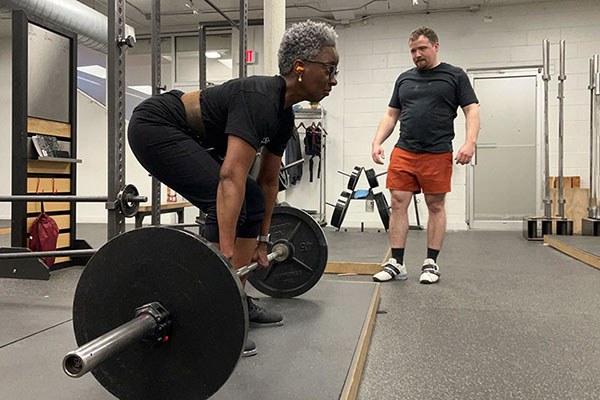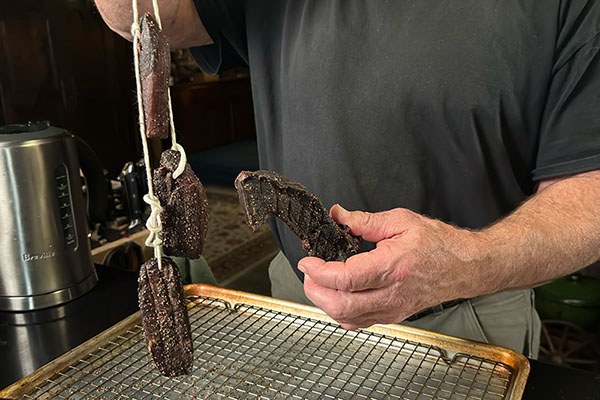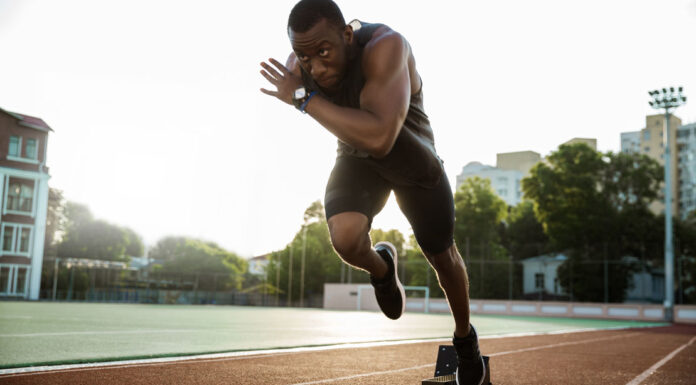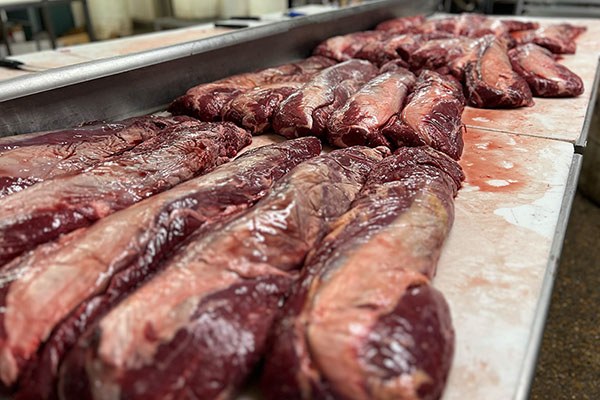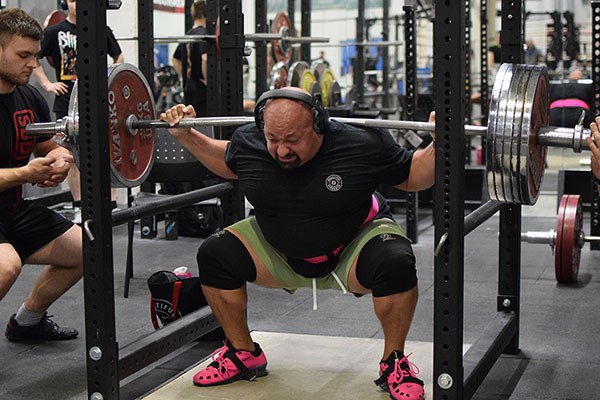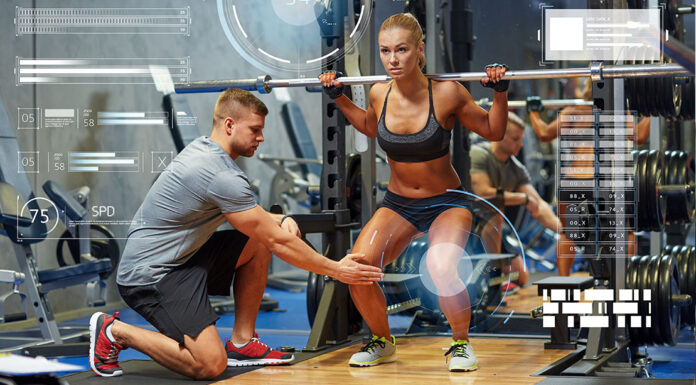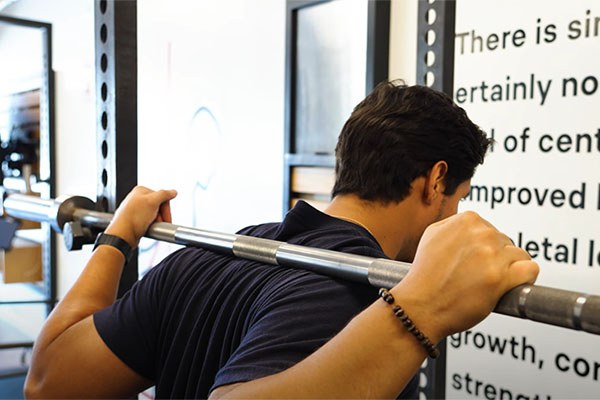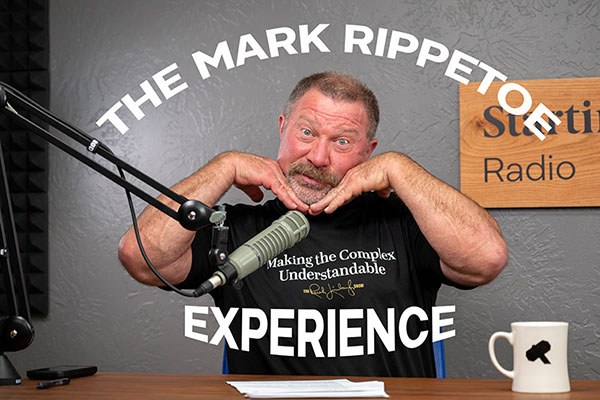March 25, 2024
Sharp-shinned Edition
On Starting Strength
The “Special Populations” Myth –
Rip talks about special populations and why the term is generally useless since strengthening movement patterns and applying stress is individualized to each lifter.
Using the 15kg Barbell Correctly by Mark Rippetoe –
When the Women’s Division was added to Olympic weightlifting, an equipment problem had to be solved. The standard 28.5mm bar was too fat for most female hands, especially in the lighter weight classes…
Stop Wasting Energy: Fix Your Press Setup –
Starting Strength Coach Andrew Lewis explains the importance of ensuring your press setup is correct before unracking the bar. This not only maximizes efficiency but also minimizes energy waste, stabilizes the press, and optimizes force transfer.
Barbell Basics –
Mark Rippetoe gives us a rundown on barbells – different kinds, what to look for when purchasing one, and basic maintenance.
Novice Lifters: Learn from My Mistakes by John Petrizzo –
The first time I ever touched a weight was the summer of 1997. My best friend Kevin had gotten a Weider adjustable bench and a standard 110-pound barbell set…
Weekend Archives:
Why You SHOULD Use Your Back as a Crane by Mia Inman –
In the 1980s, the New Zealand Accident Compensation Corporation (ACC) began a campaign to prevent lower back injuries in the general population. A central tenet…
Weekend Archives:
Intermediate and Advanced Training: A Few Ideas by Mark Rippetoe, stef bradford, and Andy Baker –
Starting Strength is on a roll. The method is growing in popularity, and as it does, more people flow through the Novice pipeline and end up as Intermediate and even Advanced lifters than ever before…
In the Trenches
Jacquie sets a new deadlift PR of 135 lb for 5 reps. She started training at Starting Strength Boston in March and her novice linear progression is going strong. [photo courtesy of Stephen Babbitt]
Coach Walden ensures that Giuliana sets up correctly for her pull. She was rewarded with lots of puppy kisses. Work on your pulling power in our upcoming NY camp. [photo courtesy of Inna Koppel]
Get Involved
Best of the Week
Old guy-tonnage question
Lost And Found
I watched a couple of Rip’s video shorts about old guys and tonnage. I want to make sure my understanding is correct.I’m 71 yo. I usually do sets of triples for heavy work sets for squats except on a light day. Assuming the warm-up sets and reps are the same would Workout B provide equal or adequate stress with less tonnage than Workout A? Is that a sufficient reduction in tonnage or too much? ThanksWorkout A 300x3x3 (tonnage 2700)Workout B 290×3, 300×2, 310×2 (tonnage 2090)
Mark Rippetoe
I think you need to explore the concept of Minimum Effective Dosage. At your age, and long-term, it will be a more useful approach to your training.
Best of the Forum
Questions on using sleds – lawn and winter
OldNoob
I’m in my early 50s, working through the Novice phases per Barbell Prescription and Starting Strength, will be adding conditioning in the upcoming months. I have a Concept2 rower/erg, and am considering getting a sled so I can do some of my training outdoors. Indoor use is not an option, and our road is gravel and barely maintained in the winter, so unless I want to use the sled on an uneven icey surface I’m limited to a mowed area for a good portion of the year.Any type (ones with feet vs rails) better for use on grass? “Better” meaning both doesn’t completely destroy the lawn, and it’s possible to use the thing when the ground is soft. Can they be used in the snow, or is this not even an option?. I’m in Wisconsin, so this is an issue.Thanks for any suggestions.
Mark Rippetoe
They can’t be used on a lawn without destroying the turf, they can’t be used on snow or any other surface that yields to the pressure unless you don’t use any weight. They are designed for dry level pavement or AstroTurf over concrete.
